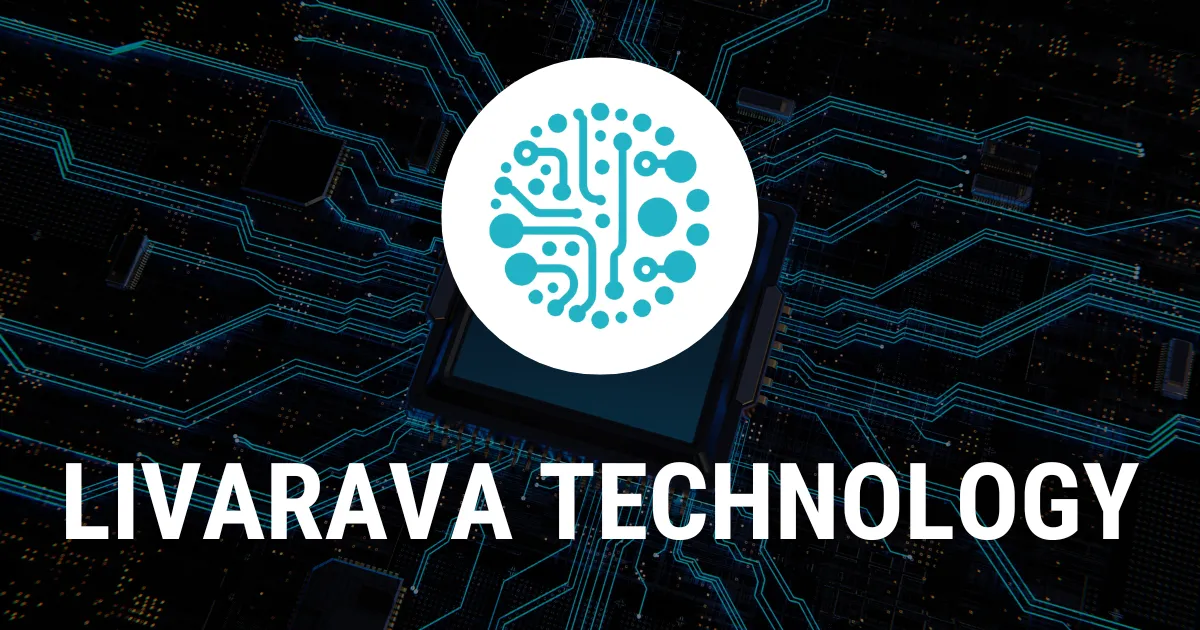Understanding Solar Wind: Insights from ESA and NASA's Parker Solar Probe

Unveiling the Mystery of Solar Wind
The European Space Agency and NASA have made remarkable strides in solar research through their floral missions, the Parker Solar Probe and the Solar Orbiter. These missions delve into the mysteries surrounding the solar wind, a continuous flow of charged plasma emitted from the Sun. Scientific queries about the sources of energy that propel the solar wind had long puzzled physicists, prompting a closer examination of Alfvén waves.
Alfvén Waves and Their Role in Solar Dynamics
Initially predicted decades ago, Alfvén waves are essential for understanding solar wind acceleration and dynamics. As the Parker Solar Probe approaches the Sun, researchers have confirmed significant quantities of these waves near the solar atmosphere, presenting new challenges and opportunities in solar research. Observations suggest that about 10% of the solar wind’s energy is attributed to magnetic switchbacks, phenomena induced by Alfvén waves that can shift energy forms and influence solar conditions.
Implications for the Solar System and Beyond
This newly discovered energy transfer mechanism supports accelerating solar winds as they move away from the Sun. With potential implications for understanding other stars and their winds, this research reveals broader insights into cosmic events. Scientific contributions from researchers, including Yeimy J. Rivera, Michael L. Stevens, and Samuel Badman, emphasize the importance of understanding solar dynamics for future solar and astronomical studies.
This article was prepared using information from open sources in accordance with the principles of Ethical Policy. The editorial team is not responsible for absolute accuracy, as it relies on data from the sources referenced.